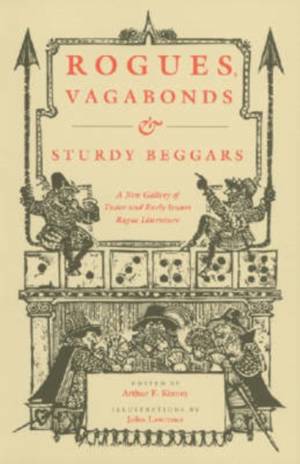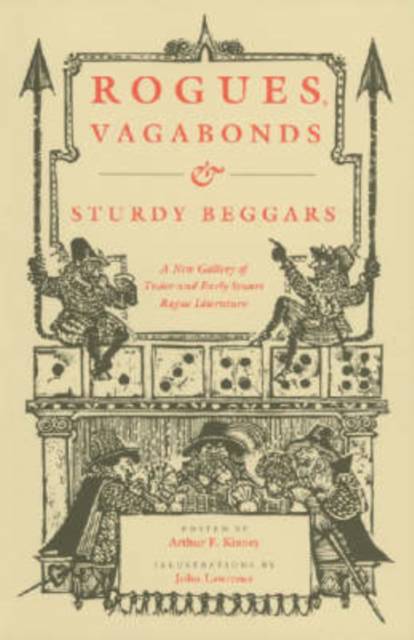
- Retrait gratuit dans votre magasin Club
- 7.000.000 titres dans notre catalogue
- Payer en toute sécurité
- Toujours un magasin près de chez vous
- Retrait gratuit dans votre magasin Club
- 7.000.000 titres dans notre catalogue
- Payer en toute sécurité
- Toujours un magasin près de chez vous
Rogues, Vagabonds, and Sturdy Beggars
A New Gallery of Tudor and Early Stuart Rogue Literature Exposing the Lives, Times, and Cozening Tricks of the Elizabethan Underworld
Livre broché | Anglais
50,95 €
+ 101 points
Description
The Elizabethan age was one of unbounded vitality and exuberance; nowhere is the color and action of life more vividly revealed than in the rogue books and cony-catching (confidence game) pamphlets of the sixteenth century. This book presents seven of the age's liveliest works: Walker's Manifest Detection of Dice Play; Awdeley's Fraternity of Vagabonds; Harman's Caveat for Common Cursitors Vulgarly Called Vagabonds; Greene's Notable Discovery of Cozenage and Black Book's Messenger; Dekker's Lantern and Candle-light; and Rid's Art of Juggling. From these pages spring the denizens of the Elizabethan underworld: cutpurses, hookers, palliards, jarkmen, doxies, counterfeit cranks, bawdy-baskets, walking morts, and priggers of prancers. In his introduction, Arthur F. Kinney discusses the significance of these works as protonovels and their influence on such writers as Shakespeare. He also explores the social, political, and economic conditions of a time that spawned a community of renegades who conned their way to fame, fortune, and, occasionally, the rope at Tyburn.
Spécifications
Parties prenantes
- Editeur:
Contenu
- Nombre de pages :
- 328
- Langue:
- Anglais
Caractéristiques
- EAN:
- 9780870237188
- Date de parution :
- 01-08-90
- Format:
- Livre broché
- Format numérique:
- Trade paperback (VS)
- Dimensions :
- 154 mm x 235 mm
- Poids :
- 544 g






